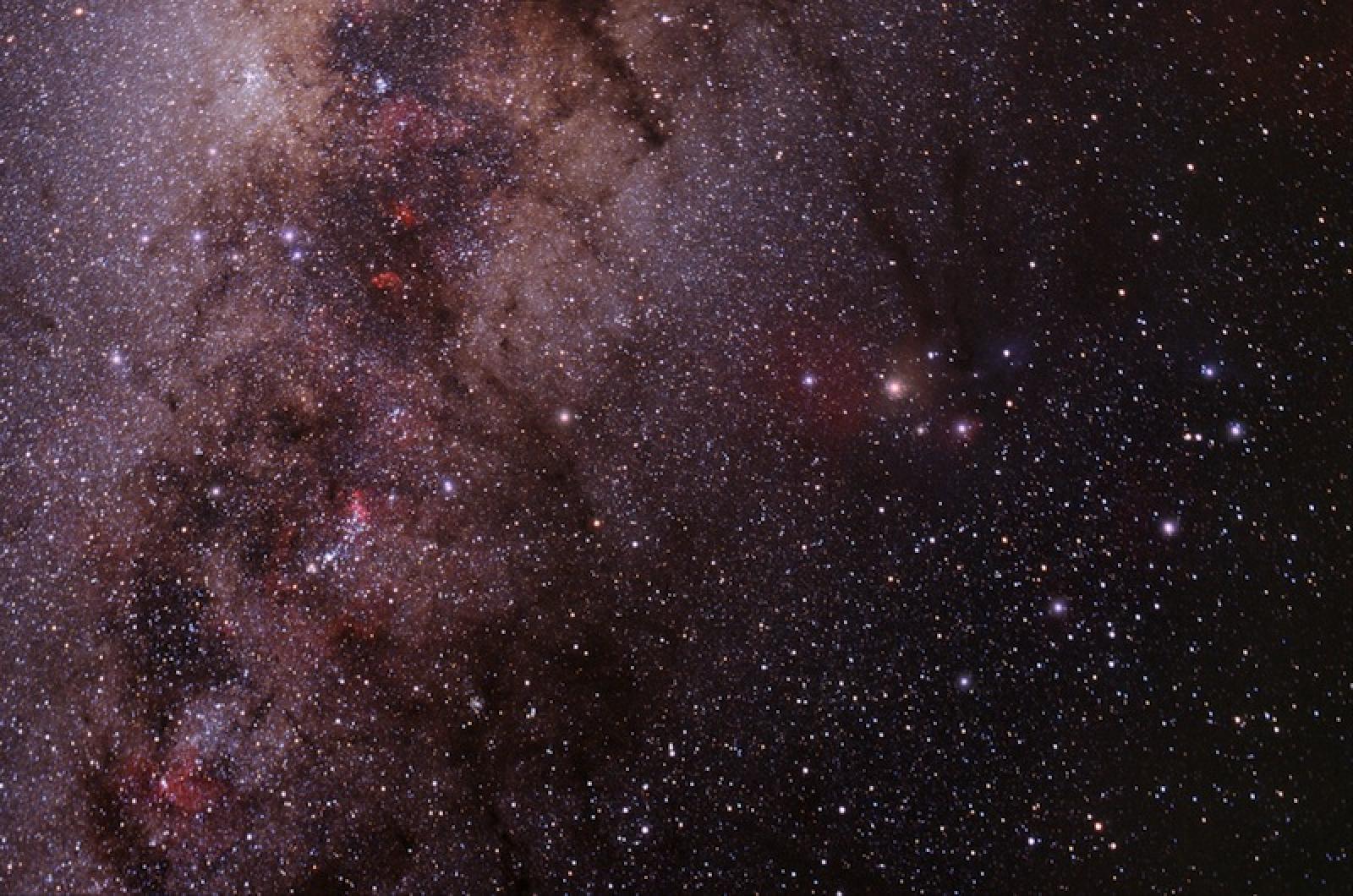“Because we focused on the snake, we missed the scorpion,” laments an Egyptian proverb.
Don’t miss the scorpion.
Though it is summer and a busy time for all, take a minute to gaze skyward to see the night’s super stars. Among the most famous is a classic constellation that says summer.
Scorpius, also called Scorpio, is right up there on my list of “must-sees.” Though it is low in the southern sky, after 9 p.m. you can catch this fishhook-shaped constellation. It will remain through the month, gradually rising later during the night.
To locate it, look to the southern sky and find the bright red star Antares, which makes up part of the straight section of the hook. Antares is also considered the heart (or breast) of the scorpion, Northeast, at the top of the constellation, is the star Dschubba. At the bottom of the constellation, the stars Shaula and Lesath complete the bottom of the hook — or, to be entomologically correct, its stingers. Those bottom two stars dip slightly into the Milky Way.
Throughout history there have been different interpretations of this star cluster. The Javanese people of Indonesia called it a ‘brooded swan,’ or a ‘leaning coconut tree.’ Hawaiians had their own ideas, believing it to be the demi-god Maui’s fishhook, while Chinese mythology referred to it as the Azure Dragon, whose heart is marked by the aforementioned red star Antares.
The name and identity of Scorpio, however, persevered. Along with that strong name comes a powerful story of its creation.
Most references to the tale include the mighty hunter Orion and explain the animosity between him and Scorpius. The ever-boastful Orion bragged to Artemis (a hunter in her own right) and her mother Leto that he would kill every living animal on earth.
Artemis, clearly a wiser and more humane hunter, with her mother sought to protect the world’s creatures and so sent a scorpion to kill the mighty Orion. Another version claims that Artemis’s twin brother sent Scorpio because Orion claimed to be a better hunter than his sister. No matter which version is true, the outcome remained the same.
After an epic and almost evenly matched battle, Scorpio killed Orion by stinging him on the heel (marked by the star Rigel — but that is another story). The great Zeus watched the fight and decided that both of them should be in the sky together, but never at the same time.
Thus Orion and Scorpio are found at opposite ends of the sky. Orion rises in the east after Scorpio sets in the southwest. Orion hunts in the winter and Scorpio appears in the summer, so as to be unable to ever hurt Orion again. Scorpio did not elude punishment completely, though, since the teapot of Sagittarius drips hot water on him constantly. And below, from the Milky Way, comes the steam.
Zeus and the ancient astronomers did, in a way, forgive the scorpion: they made it one of the most prominent constellations, with red Antares at its heart, and also one of the most welcome sights in the seasons of the year.
Thus they fulfilled poet William Ward’s dictum: “Forgiveness is a funny thing. It warms the heart and cools the sting.”
Suzan Bellincampi is director of the Felix Neck Wildlife Sanctuary in Edgartown.







Comments
Comment policy »